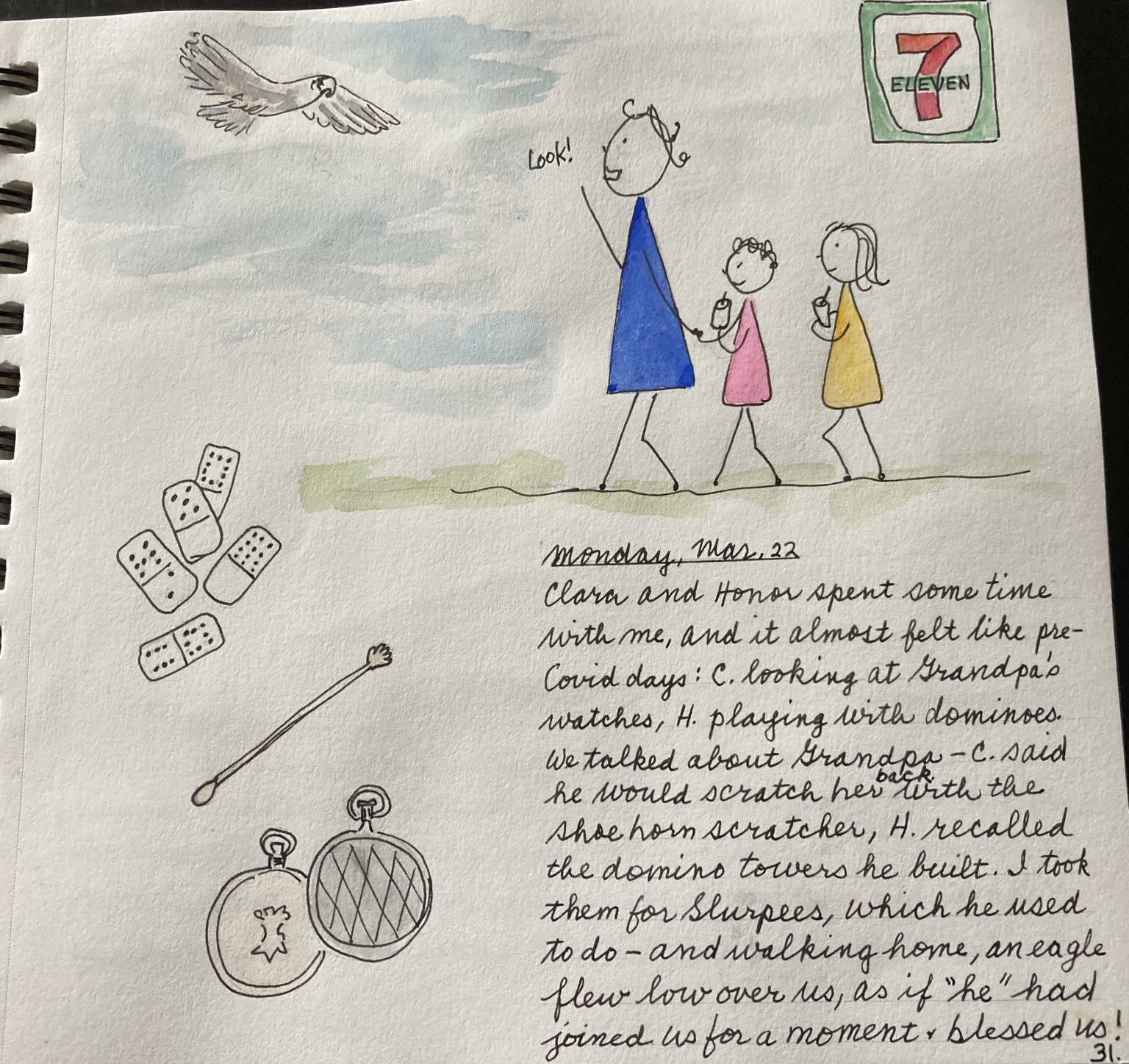In spite of much grey and much rain (I miss snow!), December has been a happy month. This is because of several great concerts and events and connections with my dear ones near and far. And Christmas of course.
And besides all that, I’ve had cataract surgery: the right eye at the end of November, and the left just four days ago. What a gift! The world is freshly crisp and bright! By now I know quite a few people who have had cataract surgery, which people my age often eventually need, but I knew very little about it until I was informed that I had growing cataracts and that I might want to consider surgery. As it turned out, it’s not painful (the colours I saw and the water swooshing during the brief procedure was even pleasurable). And, it makes a difference. That’s the point of it, right? During the weeks when only the right had been done, I often closed one eye and then the other to make the comparison. Yup, sky still grey but in the “new” eye a bright grey and in the un-done eye, yellowish grey. It reminded me of the effect of the purple shampoo I use occasionally to mute the brass and enhance the silver in my hair.
For a day or so after the surgery, the pupil as big as a dinner plate compared to the other, lights had radiant spokes and a ring of light around them. Thus my Christmas tree four days ago was covered in overlapping wheels of light. I thought I should take a picture of it, until it occurred to me that the camera lens would not pick it up, it was my lens that was doing this.
Also some books
I’ve also been able to read quite a bit this month. I enjoyed Trinity by Leon Uris, about Ireland; Children Like Us by Brittany Penner, a Métis-Mennonite memoir; The Mind Mappers, about Wilder Penfield and William Cone of the Montreal Neurological Institute; The Land in Winter by Andrew Miller, on this year’s Booker shortlist.
Currently I’m reading Book of Lives by Margaret Atwood. My granddaughter Maia treated me to an Atwood appearance at the Vancouver Orpheum, which was lovely, especially on account of Maia’s company, and now my library hold of the book arrived. I confess that I was dismayed to see it’s massive — 570 pages, not including the index. There’s been quite a few longish books lately already. (Any good short books to recommend?) And this one is detailed; I’m up to page 90 and she’s barely in high school. I find happy childhoods rather boring, actually, though there was the year she was 9, in which she was tormented by the leader of the girls’ foursome she was in, which she used as grist for her novel Cat’s Eye. I remember reading that book, how powerful it was, and even though I didn’t have a mean-girl Cordelia in my growing-up years, I can clearly recall an instance of the Cordelia-like Barbara mimicking me. I’ve forgotten almost everything from my junior high years, but I have not forgotten the feeling of that moment. Yes, we probably all know Cordelias.
Also interesting, when several years later the tables had turned and Atwood was now the more powerful one in relationship with this “friend”, she got her comeuppance, and in my opinion it was rather mean too. Mild, she calls it, but mean is as mean does. — I’ll definitely read on, and I know how to skim if need be. I do want to get out of her childhood and youth and into the writing parts.
Thank you all for joining me here at Borrowing Bones this year. I wish you a safe and joyous 2026!










